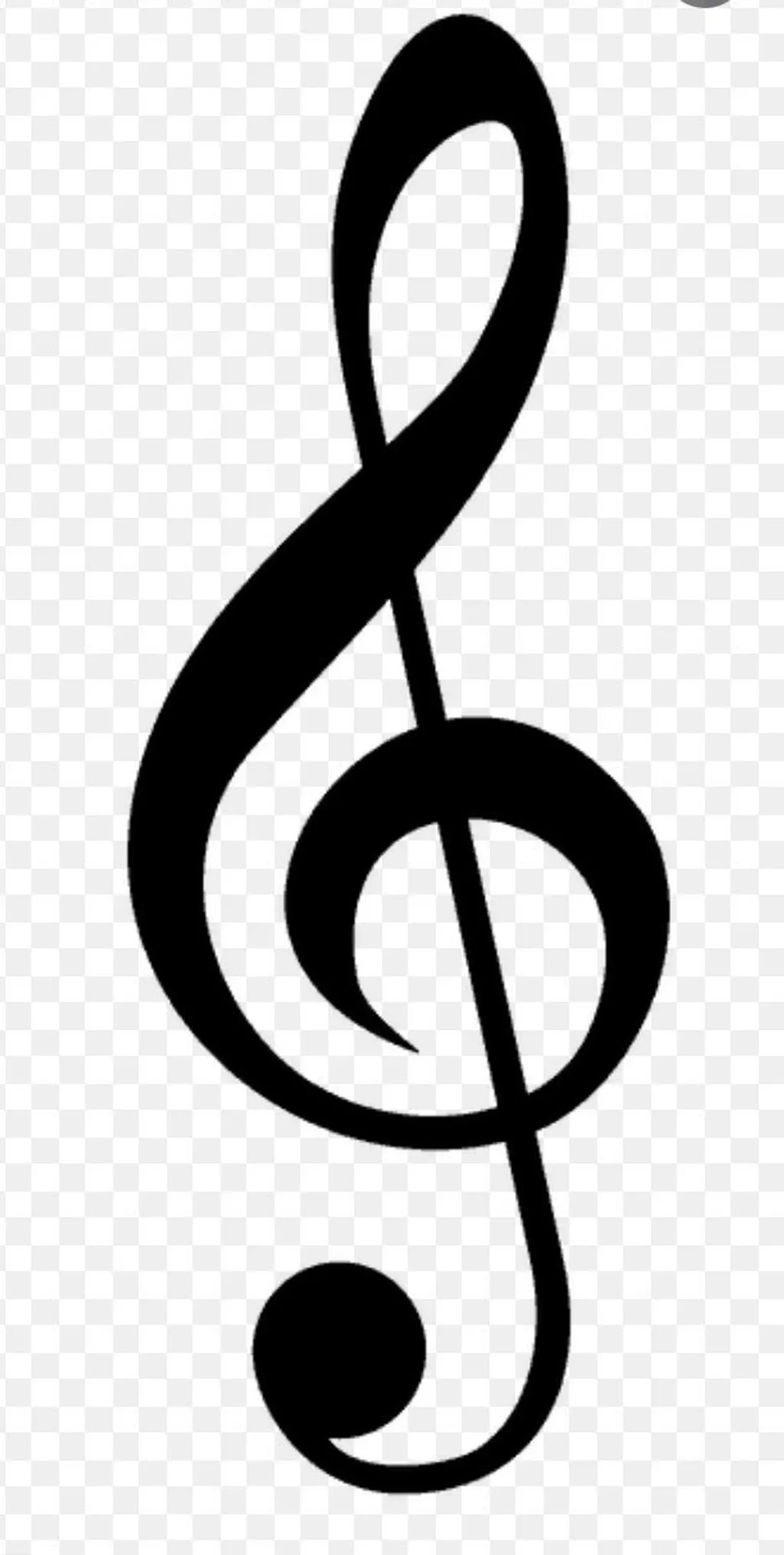
How to get your music on Apple Music Classical
As a classical music artist, you care deeply about where your music is distributed so that you can reach your current fans and expand your audience, too. Apple Music released its very own classical music streaming app, Apple Music Classical. Let’s have a look at what features Apple Music Classical has to offer and how you can get your music on the platform.

What is Apple Music Classical?
It was in 2021 that Apple announced the purchase of Primephonic, a classical music streaming service, with the company’s intention to launch their very own classical music-focused platform. Two years later, in March 2023, Apple Music Classical was finally released using both the catalog and data from Primephonic.
The purpose of the platform is not only to allow listeners to access ‘the world’s largest classical music catalog’, but also to provide them with a better classical music search engine that supports the complex metadata structure of the genre. The app takes into account the often longer and more-detailed titles, a higher number of artists for each work, as well as all different versions that exist for each performance.
As an app dedicated entirely to classical music, Apple Music Classical runs separately from the main Apple Music app but is included within the same subscription service. This means that those subscribed to Apple Music (as long as they’re not subscribed to the Voice Plan) can use the Apple Music Classical app for free.
Why is Apple Music Classical relevant for Classical Music Artists?

With a catalog of over 5 million classical tracks, Apple Music Classical has quickly become one of the go-to platforms not only for the fans but for the musicians, too. This is also caused by the lack of competition. While classical music is generally available on other streaming platforms, such as Spotify, Deezer, Tidal, etc., there other streaming platforms, IDAGIO and Vialma, that are devoted exclusively to classical music.
Apple Music Classical is also very well designed to benefit the artists and provide them with greater visibility and exposure through specialized playlists, editorial selections as well as other specific catalog sections. While it tends to be rather difficult to find all possible performances of a composition due to the metadata issue, Apple Music Classical has put in the work to address the problem.
To find the piece they want or discover new music, listeners can search the particular body of work, a composer as well as a conductor or a catalog number. However, in addition to that, they can also explore particular periods of classical music, choirs, ensembles, orchestras, soloists, or instruments. So many ways to come upon yet-unheard music and so many ways to be discovered as a musician, too.
How to upload your music on Apple Music Classical
Follow these 5 steps to get your music out on Apple Music Classical

Create your release and select Apple Music Classical other selection

Be sure to upload your music files in WAV format, and your artwork with the dimensions 3000 x 3000 pixels.

Our QA team will contact you directly if anything needs to be corrected.
iMusician Doesn't Stop at Apple Music Classical
iMusician allows you to add your music to the widest range of stores worldwide, including classical music platforms such as Apple Music Classical, Vialma, or Qobuz. We’ve got you covered.
FAQs
How Can We Help You?








